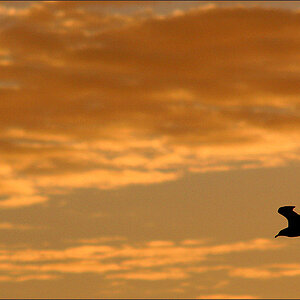Hey there,
I've a silly question(to most of you) to ask, so please don't mock me. I decided to buy camera(will be my first camera), a Nikon D7000, i've a good deal with it since D7100 is out there now. It comes with 18-105 VR lens, and the seller said that its a good lens. My question is,
18-105 lens covers all rangers between 18-105 right? I mean if i don't zoom at all, its 18, and if i zoom all the way, its 105, right??
So why would i buy 35mm or 55mm seperate lenses if 18-105 covers them all? This is my silly question. Thank you.
Can i get the same "Bokeh" with the 18-105 that people get with those 35mm or 55mm lenses?
I would really appreciate if someone can explain me this situation
I've a silly question(to most of you) to ask, so please don't mock me. I decided to buy camera(will be my first camera), a Nikon D7000, i've a good deal with it since D7100 is out there now. It comes with 18-105 VR lens, and the seller said that its a good lens. My question is,
18-105 lens covers all rangers between 18-105 right? I mean if i don't zoom at all, its 18, and if i zoom all the way, its 105, right??
So why would i buy 35mm or 55mm seperate lenses if 18-105 covers them all? This is my silly question. Thank you.
Can i get the same "Bokeh" with the 18-105 that people get with those 35mm or 55mm lenses?
I would really appreciate if someone can explain me this situation


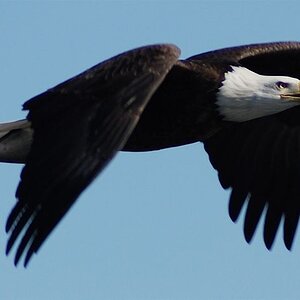
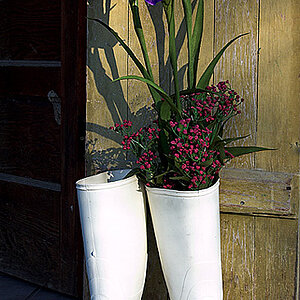
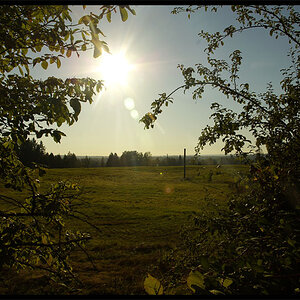
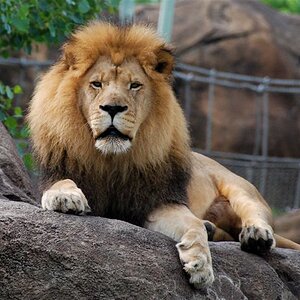
![[No title]](/data/xfmg/thumbnail/37/37114-2bba6b6cc4df1fe53588503fb35af8dd.jpg?1619737883)
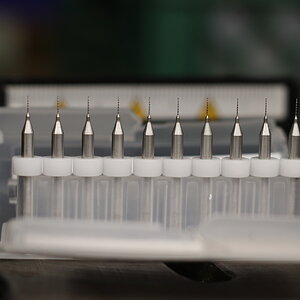
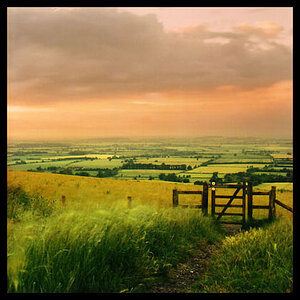
![[No title]](/data/xfmg/thumbnail/31/31040-9f6a7dd3ec0ea7b0db21f0da24ff9176.jpg?1619734582)
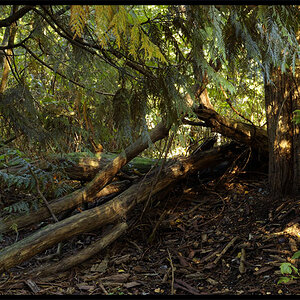
![[No title]](/data/xfmg/thumbnail/37/37137-43b5701b1efb7322c2c9fa6a1e30ccfa.jpg?1619737884)
![[No title]](/data/xfmg/thumbnail/31/31037-35b917d9eb4d044981e83ac234757e09.jpg?1619734581)
